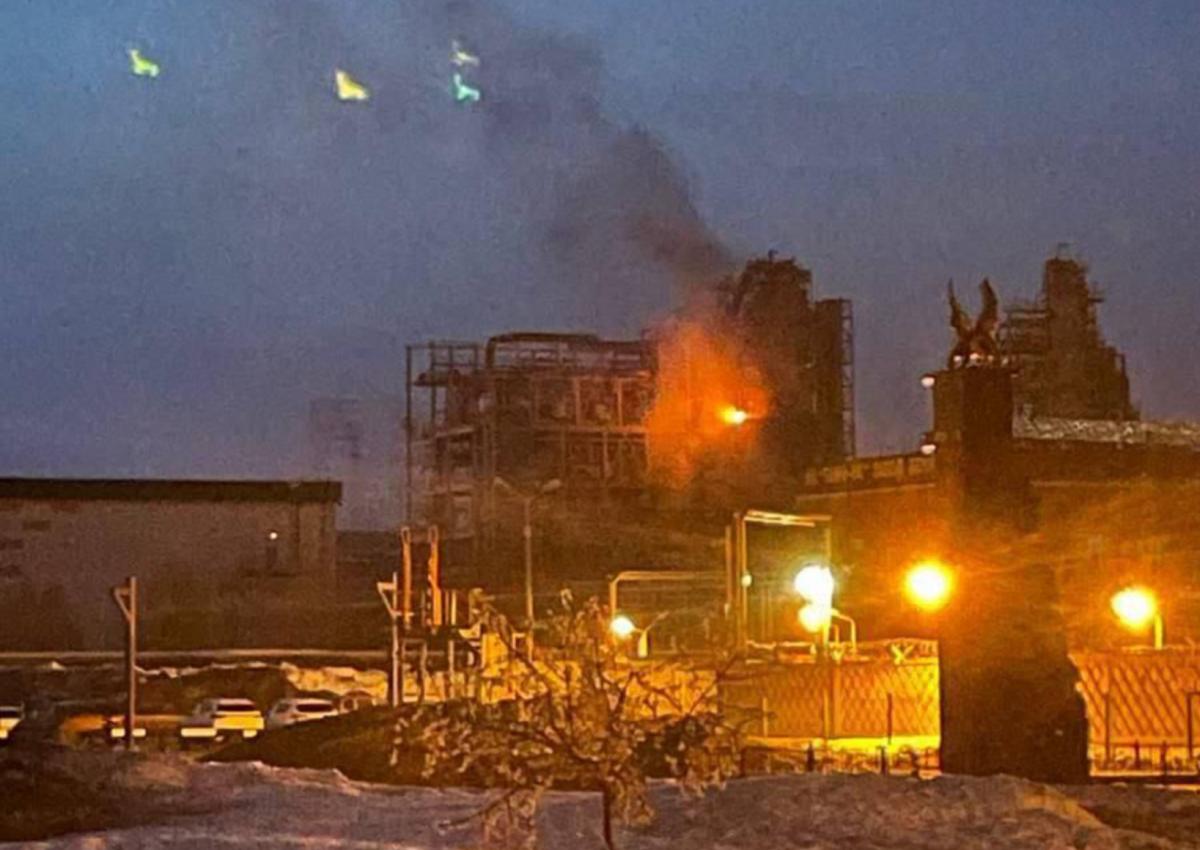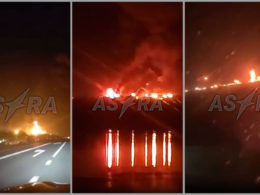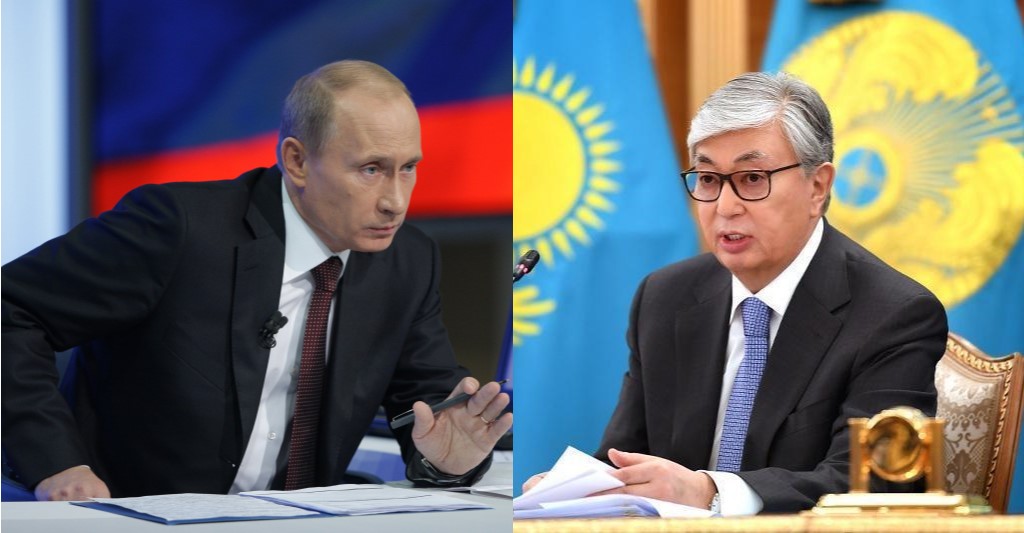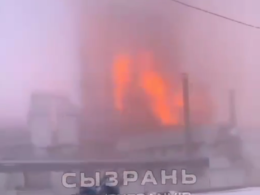Ukraine’s AI-enabled drones are disrupting Moscow’s oil-refining industry in a concerted effort to undermine a crucial revenue stream funding Russia’s invasion of Ukraine. The drones, equipped with basic artificial intelligence, have struck oil refineries deep inside Russian territory with remarkable precision, as the attacks are enabled by AI technology, giving the drones “machine vision” to navigate and identify targets autonomously.CNN says.
On 2 April, a Ukrainian drone hit the Niznekamsk refinery over 1,100+ km from the border, causing a fire. It was “one of the deepest operations into Russian territory,” according to CNN’s Ukrainian source.
Previous strikes targeted the Ryazan refinery, over 500 km from Ukraine, and numerous other refineries in European Russia, namely in Samara Oblast, Krasnodar Krai, Kaluga Oblast, Nizhny Novgorod Oblast, Oryol, Kursk, Volgograd, Tuapse City, and Saint Petersburg (see the timeline of this year’s strikes here).
Another oil refinery targeted in Russia’s Tatarstan by drones
Behind the strikes are Ukraine’s two major intelligence agencies, the Security Service and the Main Directorate of Intelligence. Ukraine uses various indigenous suicide drones to carry out the attacks, with the Liutyi unmanned aircraft with a combat range of 1,000 km being the most prominent UAV.
CNN notes that rather than hitting storage facilities, Ukraine has focused on distillation units where crude is processed into fuel, maximizing economic impact. Experts say 12-14% of Russian refining capacity is now offline as a result of these strikes.
Global oil prices have risen amid the strikes, causing concerns in the US over potential economic impacts. However, Kyiv has vowed to continue the attacks to defund the Russian war machine by disrupting energy exports Moscow relies on.
“These weeks have demonstrated […] that the Russian war machine has vulnerabilities that we can reach with our weapons,” said Ukrainian President Volodymyr Zelenskyy in one of his daily addresses to the nation.
With US funding stalled for six months now, Ukraine may have more leeway to expand strikes to oil export facilities.
Read also:
- Meet “Liutyi,” Ukraine’s homegrown drone behind strikes on Russian oil refineries
- Another oil refinery targeted in Russia’s Tatarstan by drones
- Expert: Ukraine’s persistent drone strikes could disrupt Russian war machine, trigger fuel deficit
- Russia’s Kuibyshev oil refinery lost half of its capacity after the last drone attack – Reuters
- British intel: Russia unable to fully protect energy facilities from attacks
- One more Russian oil refinery exploded last night






